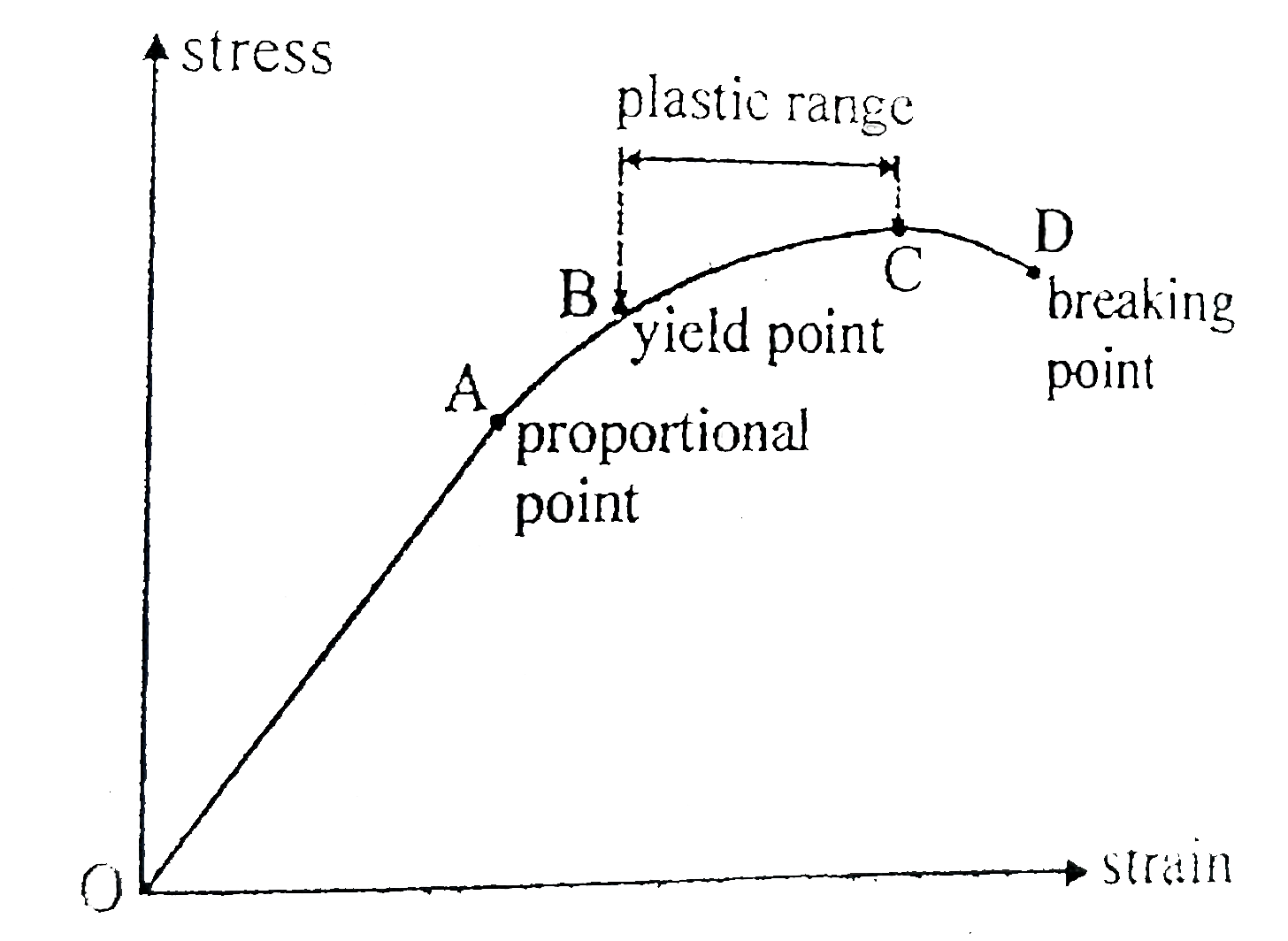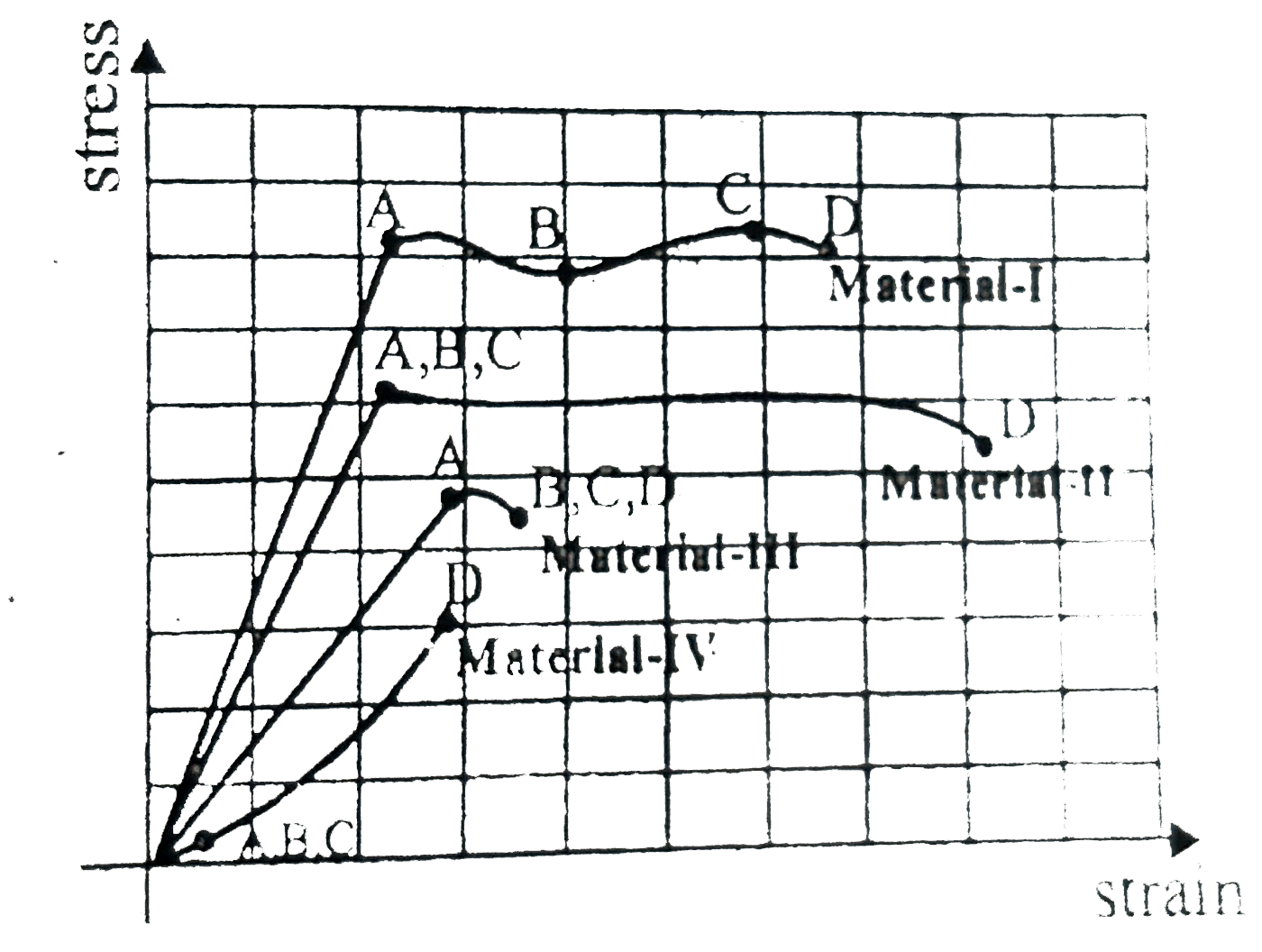A rubber band stretches and reverts back to its original position. Bubble gum stretches but it would not return to its original position.
Is there anydifference between the two processes ? Discuss it with respect to plant growth (hint elasticity (reversibel) plasticity (irresversible)
Topper's Solved these Questions
- PLANT GROWTH AND DEVELOPMENT Book:NCERT EXEMPLARChapter:PLANT GROWTH AND DEVELOPMENT Exercise:Long Answer Type Question
Explore 3 Videos
- PLANT GROWTH AND DEVELOPMENT Book:NCERT EXEMPLARChapter:PLANT GROWTH AND DEVELOPMENT Exercise:Very Short Answer Type Question
Explore 13 Videos
- PHOTOSYNTHESIS IN HIGHER PLANTSBook:NCERT EXEMPLARChapter:PHOTOSYNTHESIS IN HIGHER PLANTSExercise:Long Answer type Question
Explore 13 Videos
- PLANT KINGDOMBook:NCERT EXEMPLARChapter:PLANT KINGDOMExercise:LONG ANSWER TYPE QUSTIONS
Explore 5 Videos
Similar Questions
Steve constructs an automatic door latch as shown in the figure. When the switch is closed, the electromagnet attracts the door latch toward itself and the door can be opened. When the switch is opened again, the door latch comes back to its original position using the spring attached between the core of the electromagnet and the door latch.

Steve can improve the structure of the automatic door latch by
View SolutionA ball is projected from the ground with speed u at an angle α with horizontal. It collides with a wall at a distance a from the point of projection and returns to its original position. Find the coefficient of restitution between the ball and the wall.
View Solution
Knowledge Check
Three wires a, B and C are of the same length and cross section. They are each stretched by applying the same force to the ends. The wire A is stretched least and comes back to its original length when the stretching force is removed. The wire B is stretched more than A and also comes back to its original length when the stretching force is removed. The wire C is stretched most and remains stretched even when stretching force is removed. the greatest Young's modulus of elasticity is possessed by the material of wire
AABBCCDDate is not sufficientThree wires A,B and C are of the same length and cross section. They are each stretched by applying the same force to the ends. The wire A is stretched least and comes back to its original length when the stretching force is removed. The wire B is stretched more than A and also comes back to its original length when the stretching force is removed. The wire C is stretched most and remains stretched even when stretching force is removed. The greatest Young's modulus of elasticity is possessed by the material of wire
AABBCCDData is not sufficientWrite the following steps in sequential order to explain the working of an electric bell.
(A) When current passes through the coil, it behaves like a magnet and attracts (pulls) the iron strip.
(B) No more does not coild behave as an electromag-net and the attraction between the coil and the iron strip is lost. Because of this the iron strip gets back to its original position and touches the screw.
(C ) The hammers connected to iron strip also moves and strikes the gong because of which, sound is produced.
(D) When the iron strip is pulled towards the coil, it loses contact with the screw and the circuit becomes open circuit.
(E). Once again the circuit is closed , and the above process is repeated.AABCDEBEDCBACBADECDACDBE
_S01_066_Q01.png)
The diagram shows a force extension graph for a rubber band, consider the following statements
(I). It will be easier to compress this rubber than expand it.
(II). Rubber does not return to its original length after it is stretched.
(III). The rubber band will get heated if it is stretched and released.
Which of these can deduced from the graph-
(a). III only
(b). II and III
(c). I and III
(d). I only
View SolutionA particle on a stretched string supporting a travelling wave, takess 5.0ms to move from its mean position to the extreme position. The distance between two consecutive particle, which are at their mean position, is 3.0cm. Find the wave speed (∈m/s).
View SolutionWrite the following steps in sequential order to explain the working of an electric bell.
(A) When current passes through the coil, it behaves like a magnet and attracts (pulls) the iron strip.
(B) No more does not coild behave as an electromag-net and the attraction between the coil and the iron strip is lost. Because of this the iron strip gets back to its original position and touches the screw.
(C ) The hammers connected to iron strip also moves and strikes the gong because of which, sound is produced.
(D) When the iron strip is pulled towards the coil, it loses contact with the screw and the circuit becomes open circuit.
(E). Once again the circuit is closed , and the above process is repeated.
View SolutionWrite the following steps in sequential order to explain the working of an electric bell.
(A) When current passes through the coil, it behaves like a magnet and attracts (pulls) the iron strip.
(B) No more does not coild behave as an electromag-net and the attraction between the coil and the iron strip is lost. Because of this the iron strip gets back to its original position and touches the screw.
(C ) The hammers connected to iron strip also moves and strikes the gong because of which, sound is produced.
(D) When the iron strip is pulled towards the coil, it loses contact with the screw and the circuit becomes open circuit.
(E). Once again the circuit is closed , and the above process is repeated.
View SolutionFigure shows the relationship between tensile stress and strain for a typical material. Below proportional point A, stress is directly proportional to strain which means Young's moudulus (Y) is a constant. In this region the material obeys Hooke's law.

Provided the strain is below the yield point 'B' the material returns to its original shape and size when the force is removed. Beyond the yield point, the material retains a permancnt deformation after the stress is removed. For stresses beyond the yeld point, the material exhibit plastic flow, which means that it continues to elongate for little increases in the stress. Beyond C a local constriction occurs. The material fractures at D (i.e. breaking point). The graph below shows the stress-strain curve for 4 different materials.

Material which is good for making wires by stretching is
View Solution
